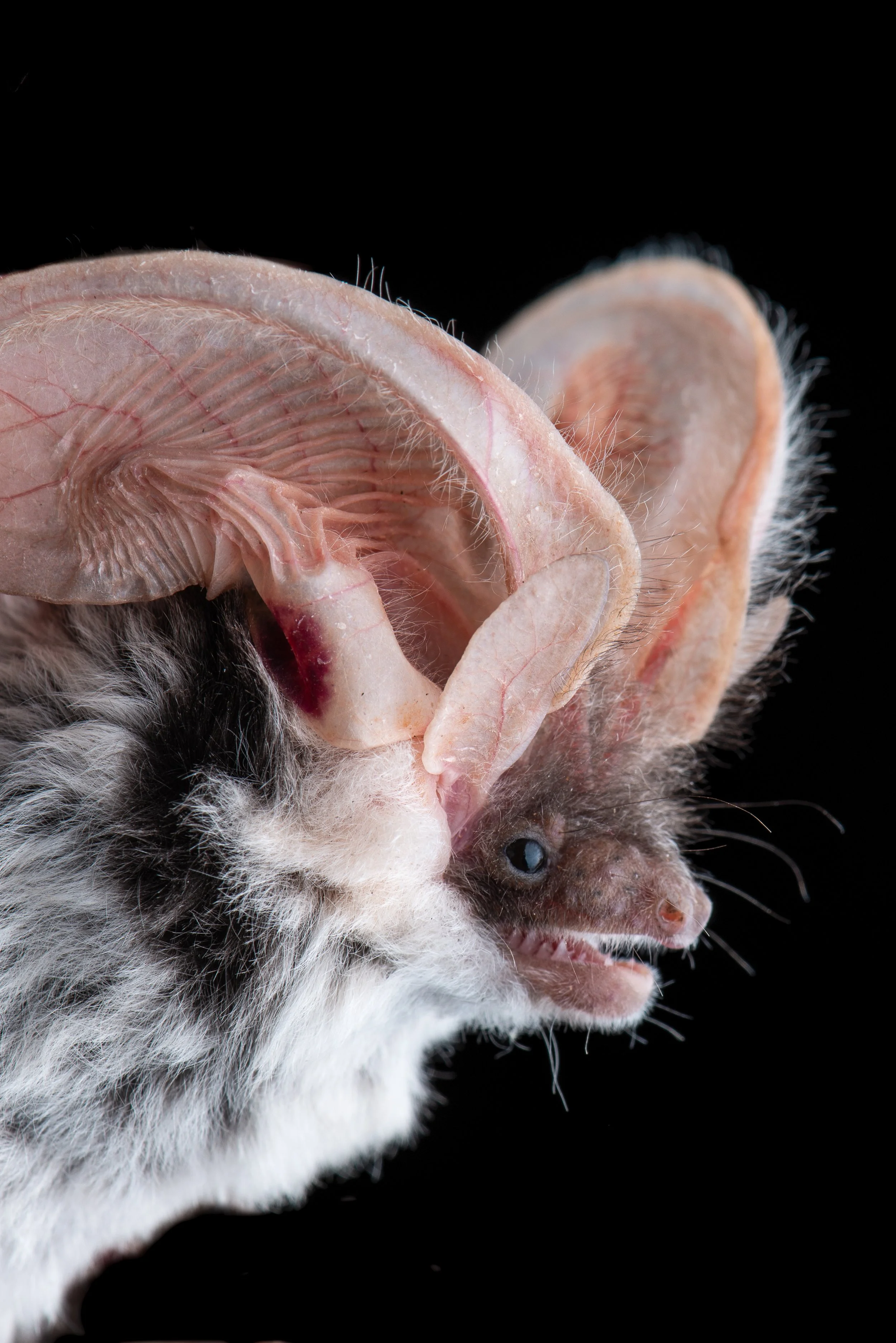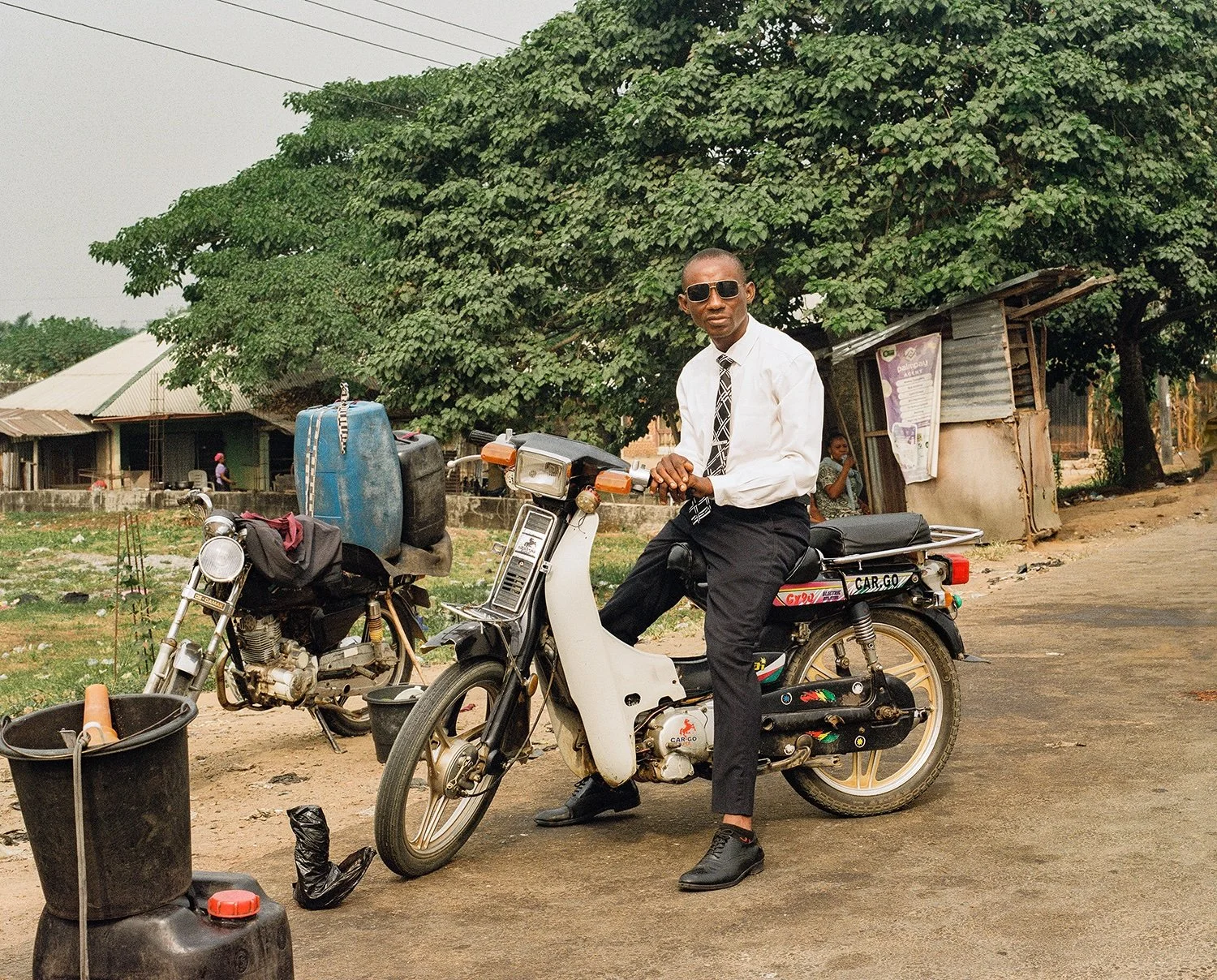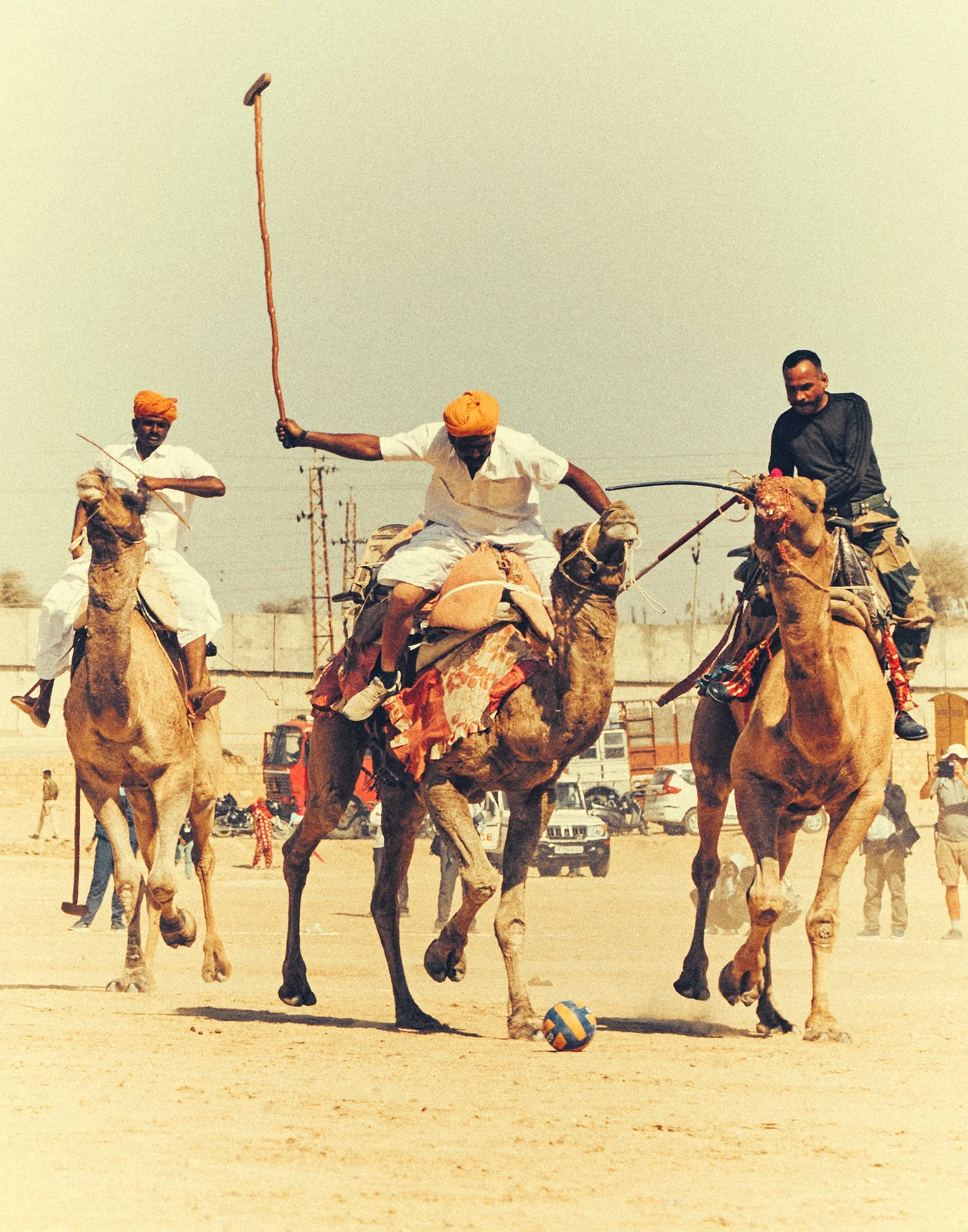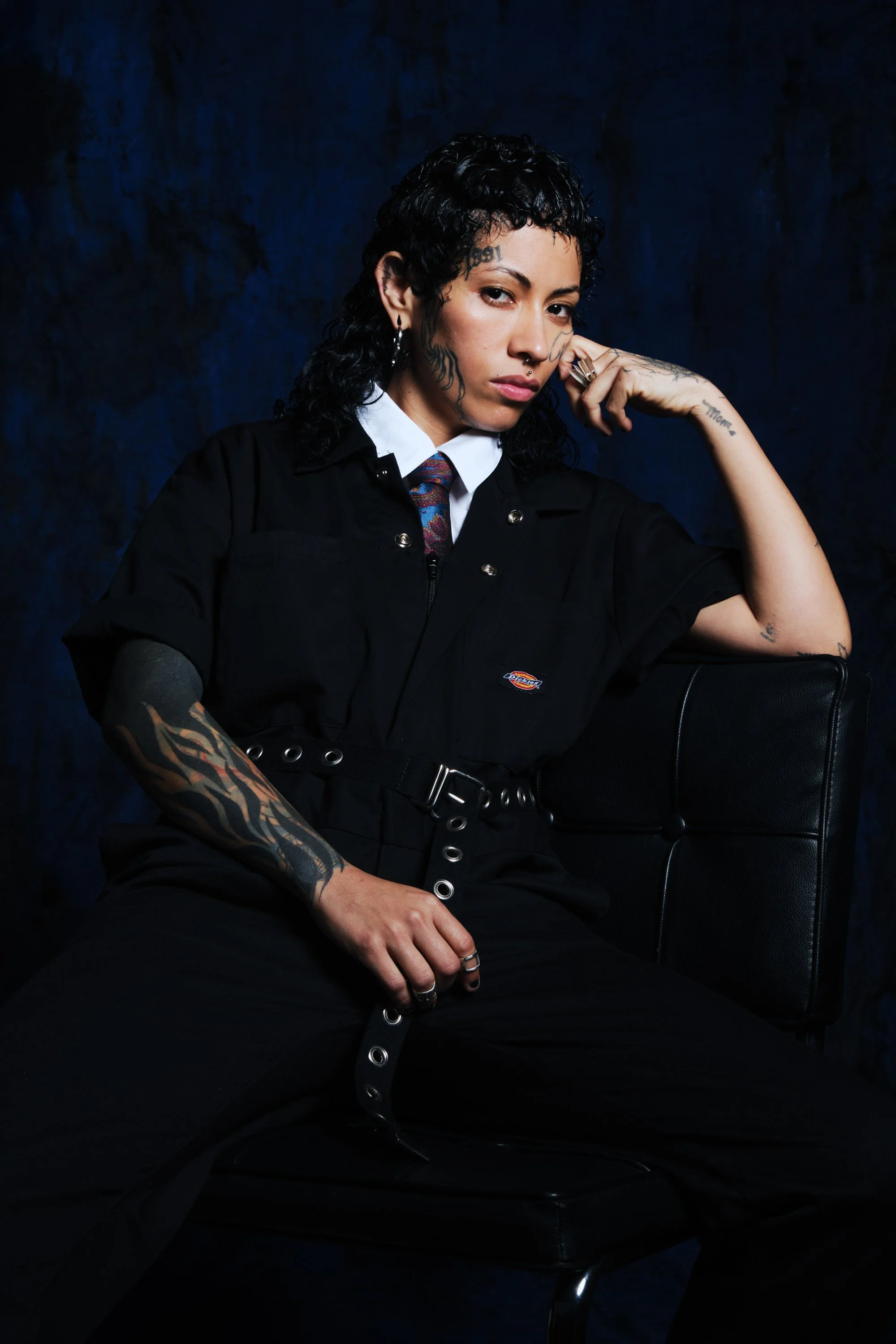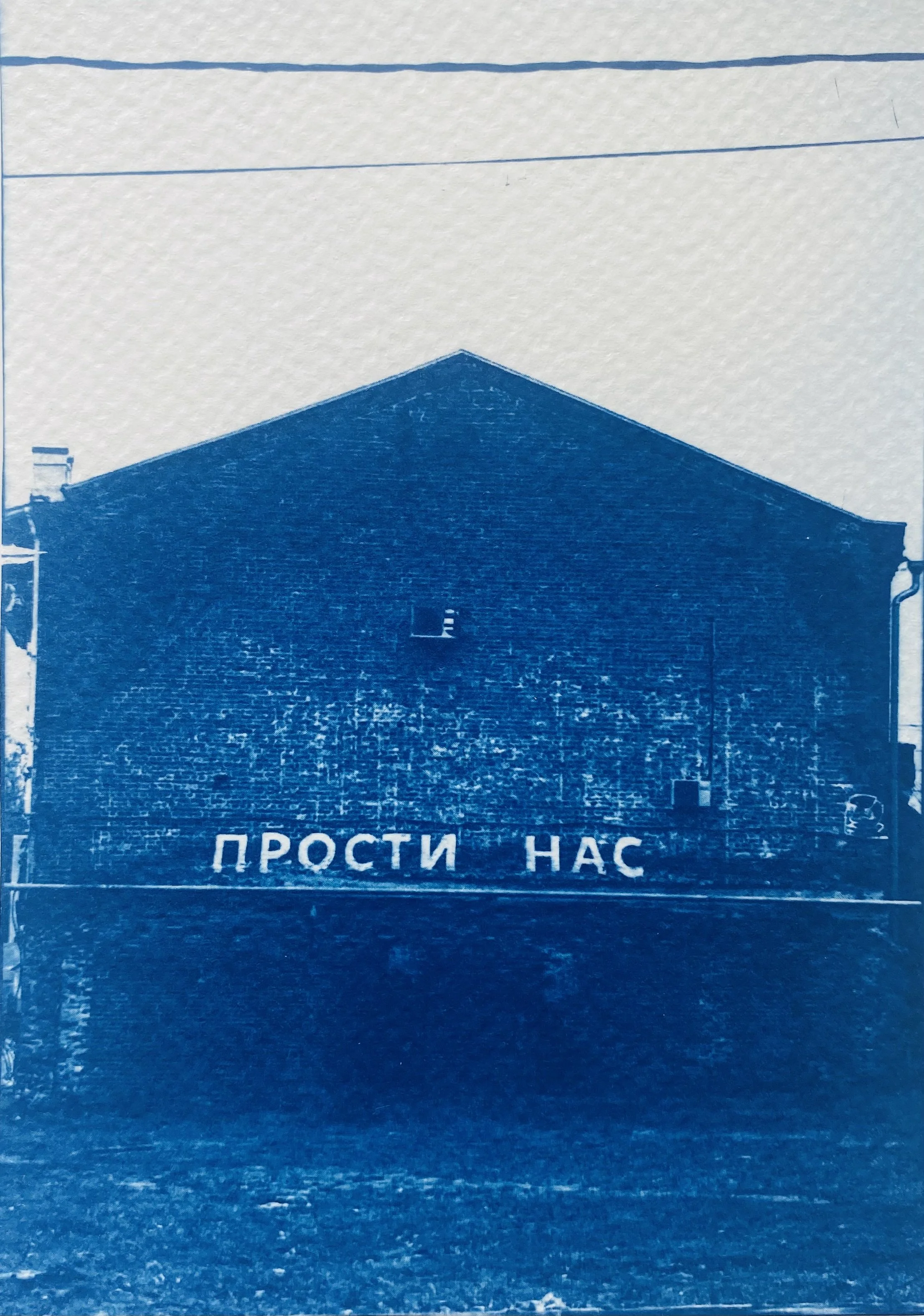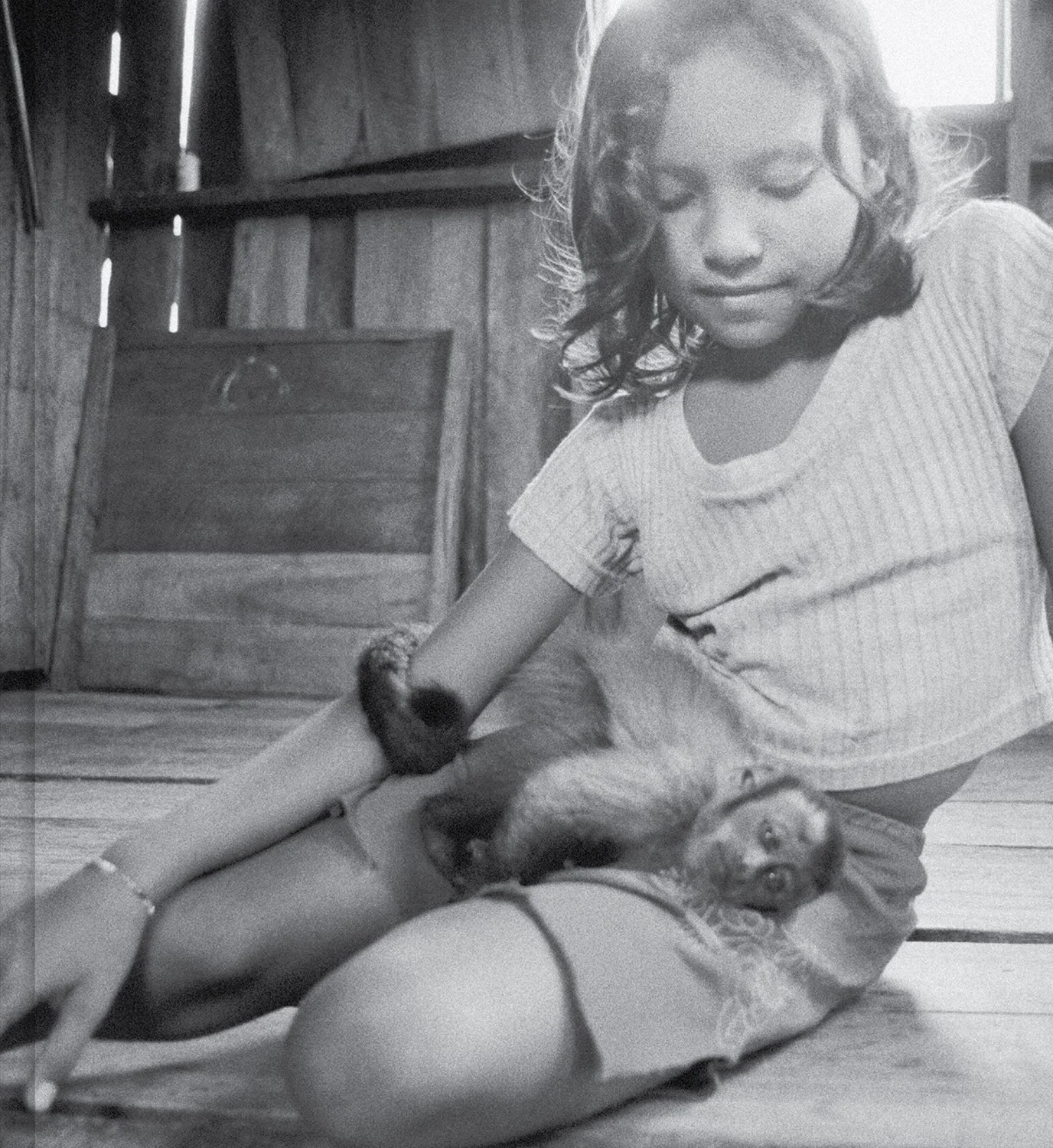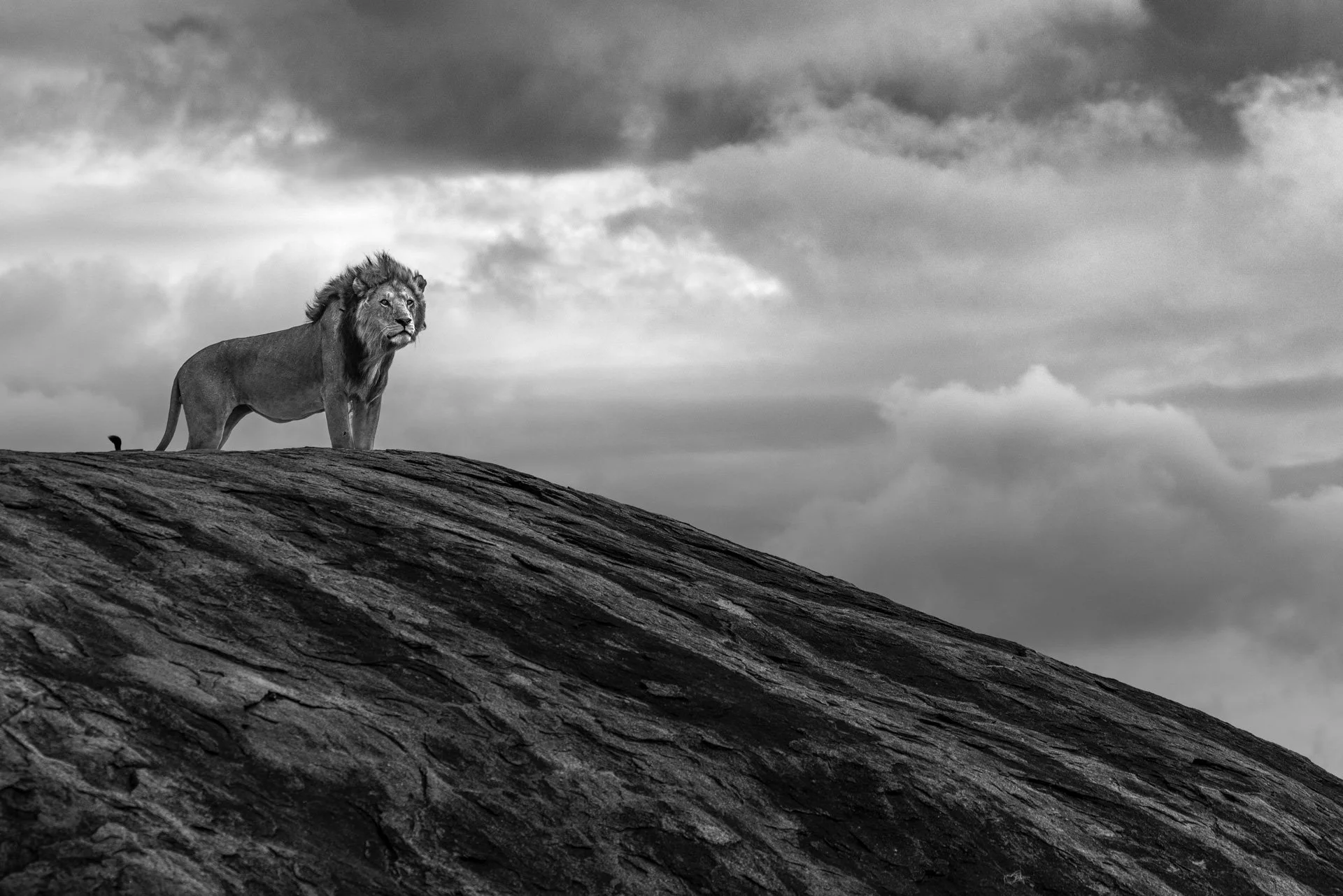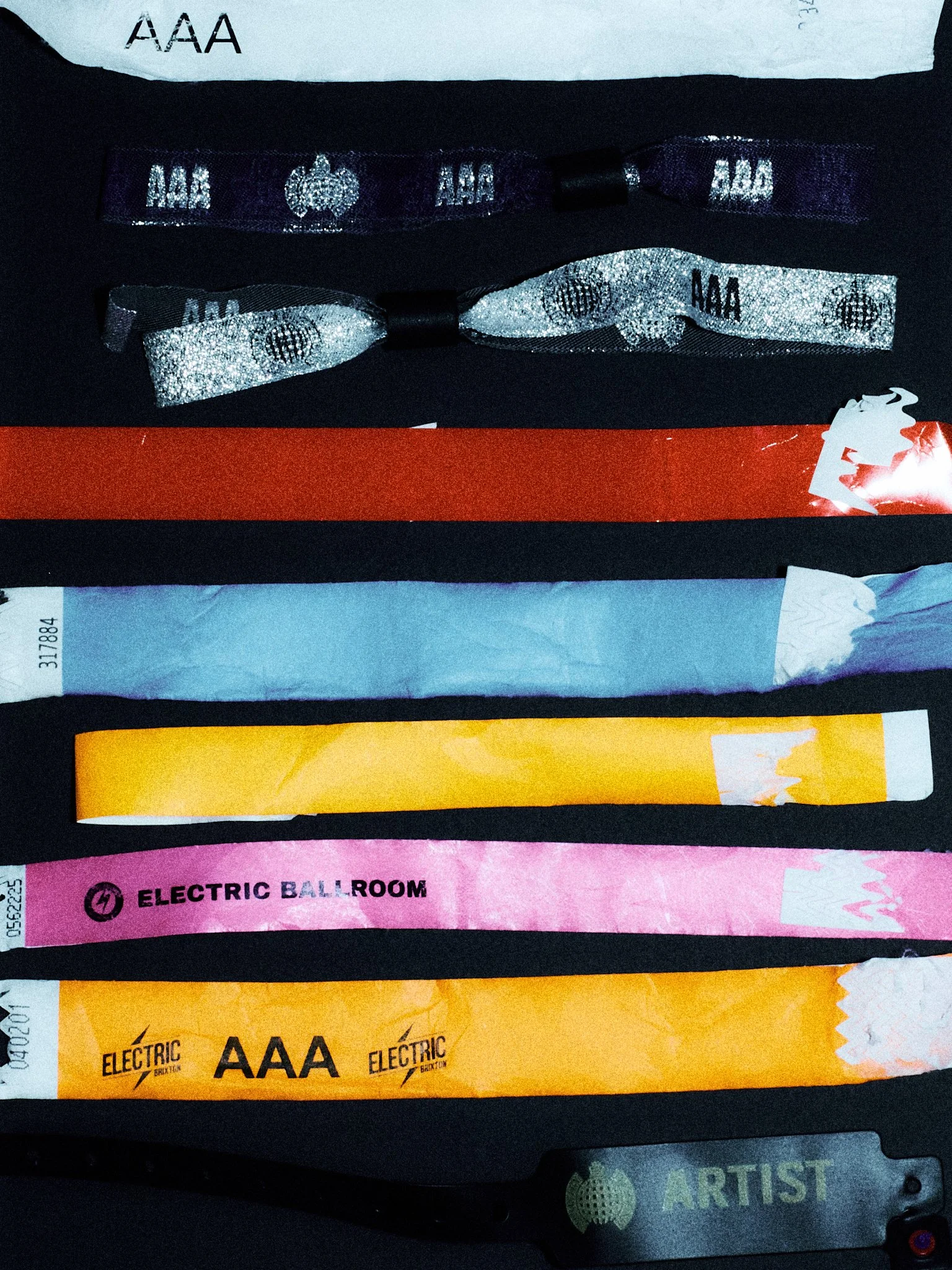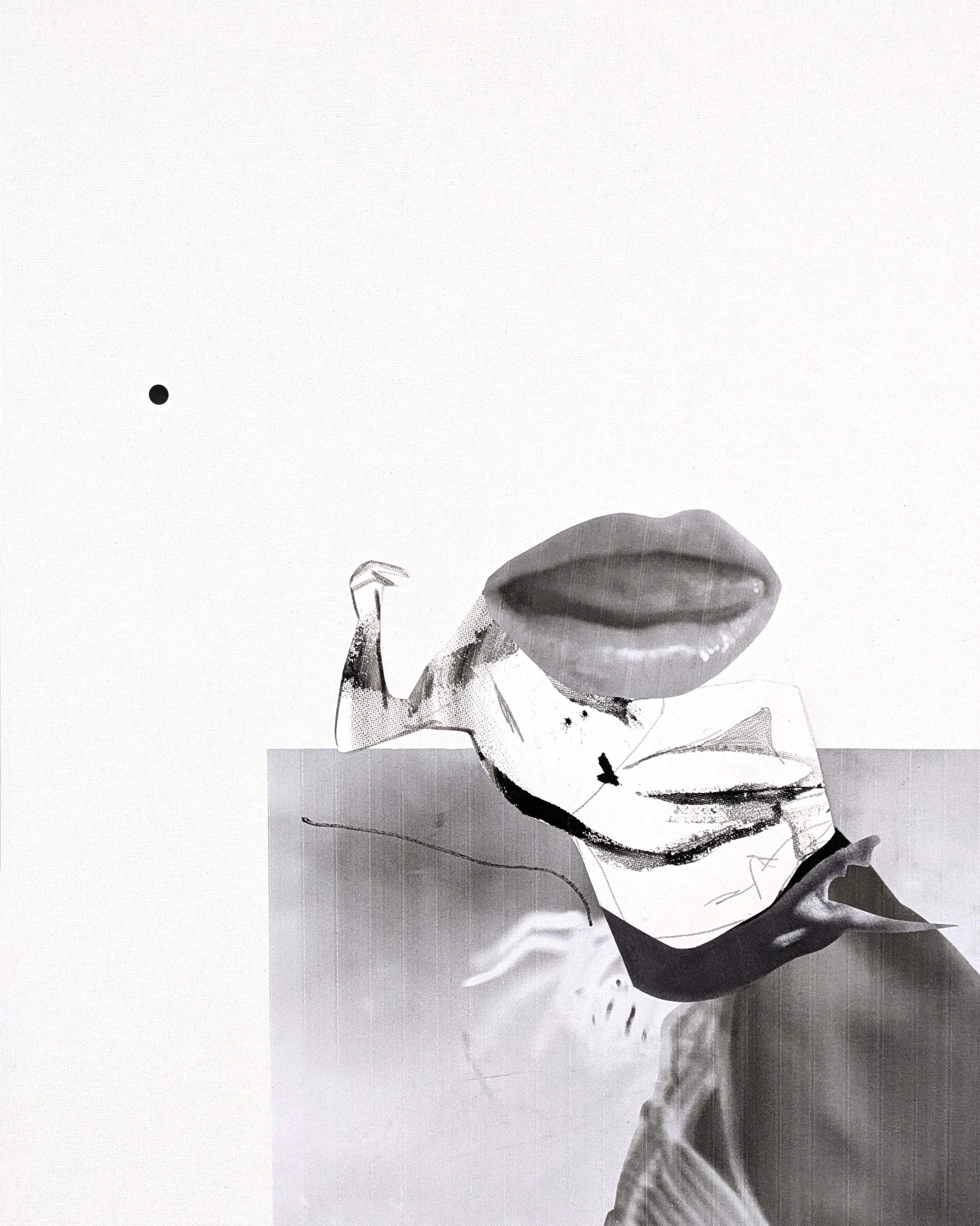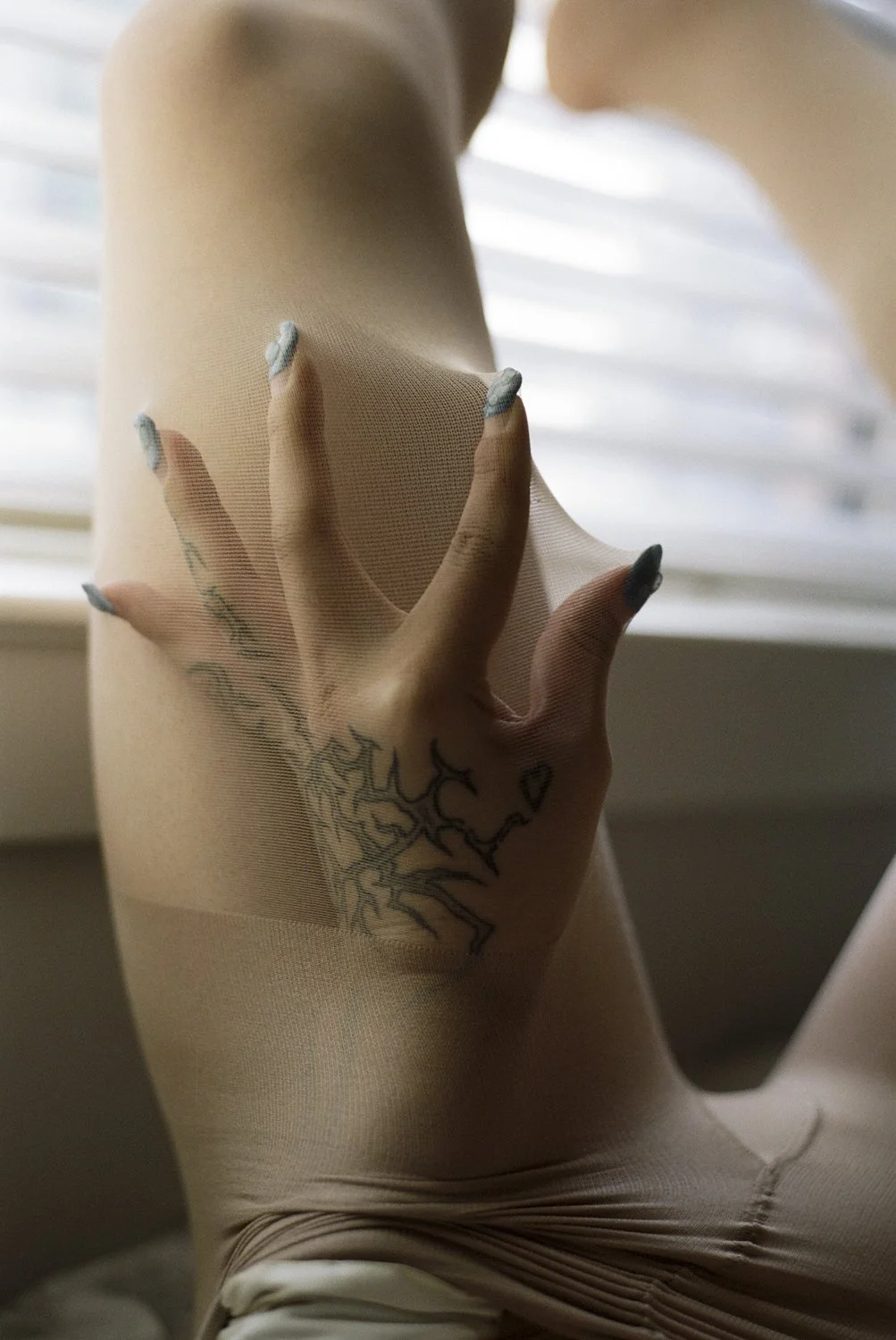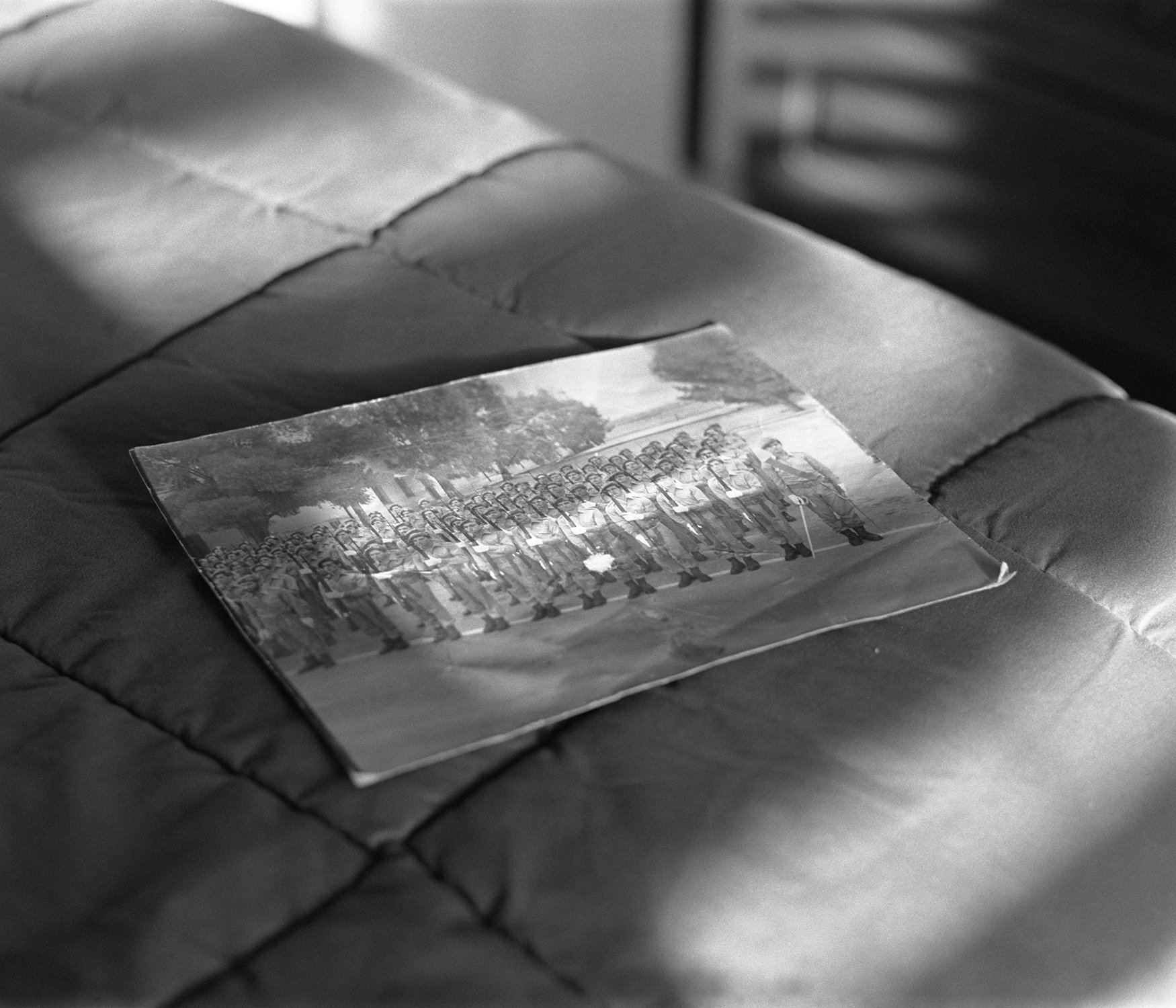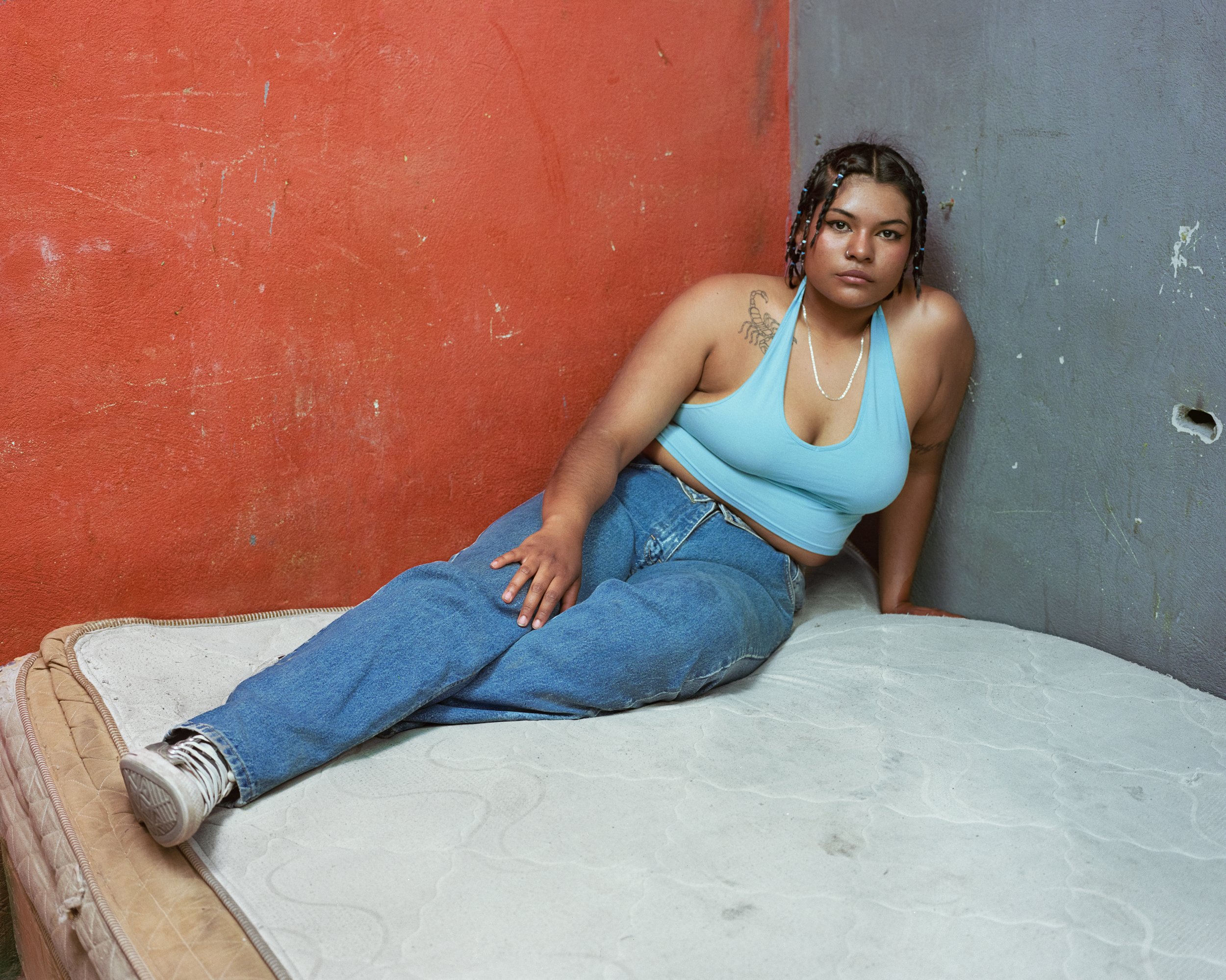Dinosaur Dust
The desert is far from empty and boring. Photographer Zoe Childerley travelled to the Mojave Desert in California to document people who chose to isolate. Her images provide an insight into the vast landscapes and personal relationships of a community which is often not visible.
Photography Zoe Childerley Dinosaur Dust was made over several trips through the Mojave Desert in California. It is about a community choosing to self-isolate long before it was something we all had to consider. It focuses on the many women that are drawn to the desert, often living alone, building new homes and embracing this formidable wild life, questioning the American West steeped in tropes of individualism and the mythologies of the desert.
Subjects become collaborators in this open-ended narrative, both experienced and directed, telling stories of life lived with a heightened sense of mortality and longing in this isolated landscape. The work explores encounters between people and nature, playing with light, impermanence and the faculties of seeing.
Deserts stand as a monumental symbol of emptiness, a seemingly infinite landscape that serves as a powerful incarnation of the sublime. But travel through the boulders and dunes, the washes and the canyons of the Mojave and the image of virgin territory is revealed as a mirage. Just beneath the surface, the sounds and traces of all kinds of activities, experiments, myths and utopias can be heard, tales of exile and promise, temptation and death.
The high desert is not the sweeping dunes of cultural imagination but crisscrossed by mountain ranges, a land of splintered peaks. They surround you with a torn horizon, muted pinks, purples and beiges, bare faced and gradually over eons, softened – as sands are washed down from them into the plains and playas below. The desert playas are the flattest geological features on earth and a staging ground for military and art performances of epic proportions. These ancient lake beds are made up from layers of silt, left by cycles of flooding and drought. Revelation comes as the flash flood washes through and the world is laid bare for us all to see.
“It’s no surprise that great concepts of transcendence and cosmic order are born in the desert, these are stories of creation and ending.”
And then there’s the darkness, almost as blinding as the light of the day. At night in this parched air, the stars come down, just out of reach of your fingertips. There’s no escaping we are on a revolving planet as we clearly see the moon and sun, rise and fall and the milky way slide into view. It’s no surprise that great concepts of transcendence and cosmic order are born in the desert, these are stories of creation and ending.
These desert communities offer the opportunity to begin again, providing a blank slate of sorts for people attracted to this fragile environment, to make a new life in a ruthless clime that is nowhere near as empty as it looks. Submit to the great meteorological forces and it’s a reminder of how it feels to be alive, drawn to this edge, like someone experiencing vertigo, with an inexplicable urge to jump into the abyss.
“The work explores encounters between people and nature, playing with light, impermanence and the faculties of seeing.”
About Zoe
Zoe Childerley works as an artist using photography and mixed media. She also lectures at Brighton University and has a strong record in community projects. Her work is developed by interaction with different communities; reflecting a vision of the world concerned with identity, belonging and our relationship to the land and its stories. Zoe has exhibited nationally and internationally and undertaken numerous commissions and residencies in Italy, California, Colorado, Nepal, Jamaica and across the UK.
To see more of her work, visit her website or follow her on Instagram

















